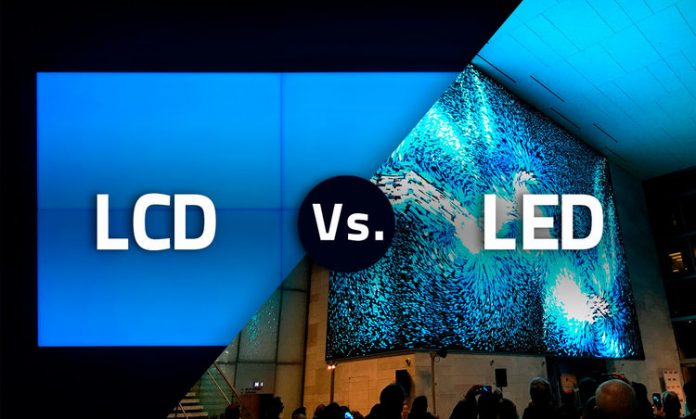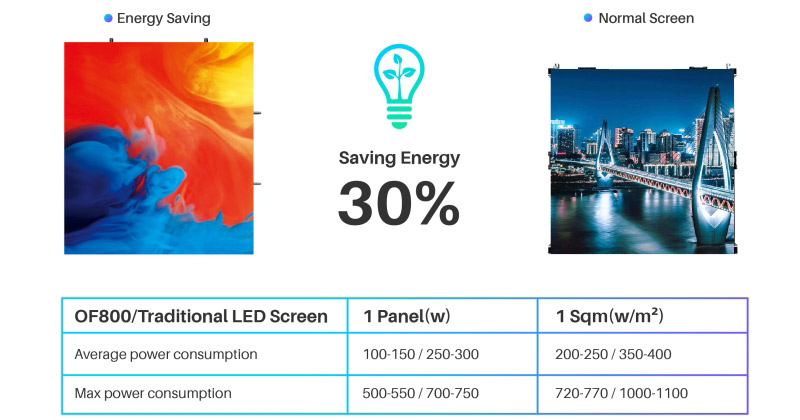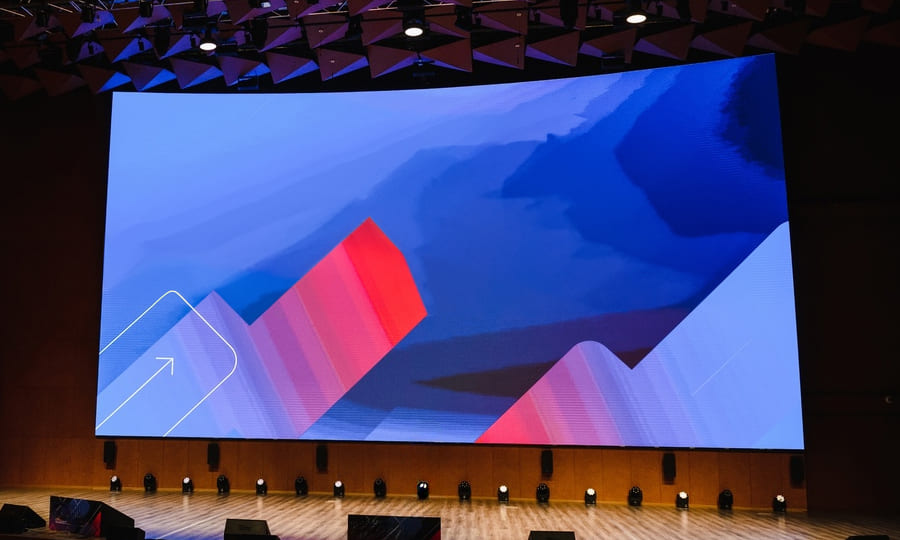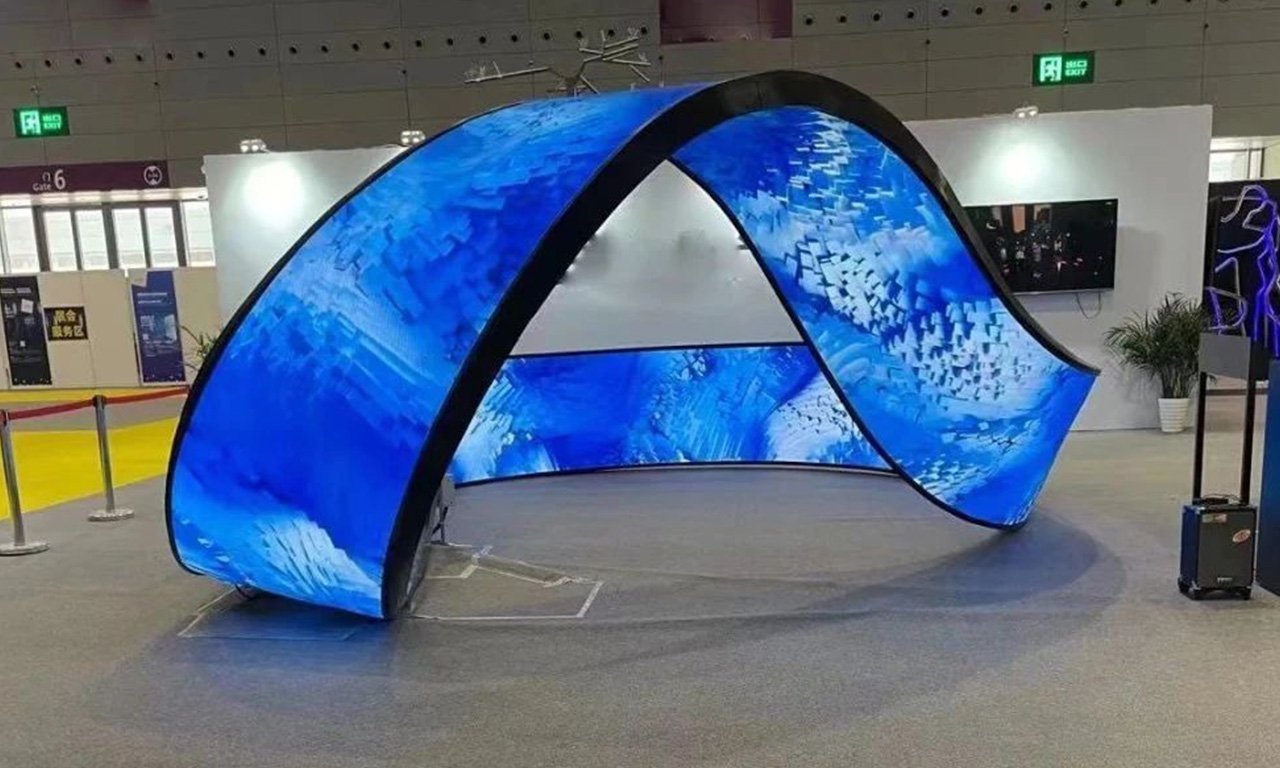Display technology is very important in our daily lives. LED displays and LCD screens are two popular types.
These display devices are used for many purposes, like personal computing, signage, and entertainment. An LCD screen uses liquid crystals to change how light works.
On the other hand, an LED screen uses diodes to create light. Knowing the differences between them helps consumers pick the best choice for their needs. This also opens the door to learn more about new display technologies.
Overview of LED and LCD Technology
LED and LCD technologies have changed how we see visual media. LED screens use light-emitting diodes. They provide bright colors and are very durable.
This makes them great for big uses like outdoor signs. In contrast, LCD screens use liquid crystals with a separate light source. They are more affordable and provide softer images. This makes them better for everyday devices.
Both LCD and LED displays have made big improvements over the years.
This includes better picture quality, lower power consumption, and being better for different uses. Let’s look closer at what these technologies are and how they work.

Basic Definitions and Components
To understand LED and LCD screens, we first need to look at their designs. LED screens are made of many tiny light-emitting diodes.
Each diode acts like a pixel, which helps create bright and clear images. Because of their setup, LED screens offer high brightness and a wide range of colors, making them great for high-resolution displays.
On the other hand, LCD screens use liquid crystals. These crystals are controlled by electric currents to show images. LCDs rely on backlight sources, usually fluorescent lamps, to create bright visuals on screens like televisions and laptops.
While both types of screens share some basic parts, they work quite differently. LEDs make their own light, which helps save energy.
In contrast, LCDs need an external light source to work. This difference in how they are built and how they perform gives us a clearer view of these display technologies.
Historical Development of Screen Technologies
The growth of LCD technology started in 1964. RCA Laboratories found that liquid crystals could be used for electronic displays. By 1988, Sharp Corporation launched full-color active-matrix screens.
This changed the way we used personal computers and televisions. LCDs quickly took over from CRT displays, becoming the leading choice for consumer monitors.
LED technology has a similar story. The first LED screen appeared in 1927. It was created by Oleg Losev, using infrared and red LEDs for early uses.
In 1994, Shuji Nakamura introduced the first blue LED. This breakthrough opened up a world of bright colors for lights and screens.
From the first inventions to today’s screen technologies, LED and LCD advancements are key. They have changed how science meets everyday use. Now, we continue to look at how they differ from each other.
Detailed Comparison Between LED and LCD Screens
When choosing between LED and LCD screens, there are important differences that help consumers decide. LED screens shine brightly and refresh quickly.
This makes them great for lively displays, like outdoor signage or gaming setups. On the other hand, LCD screens provide a softer light. They are better for personal use where eye comfort is important for long time.
The differences in brightness, energy use, and how long they last show where each one works best. To better understand their unique features, we should look at how they produce light.

Differences in Light Emitting Mechanisms
A primary difference in LED and LCD screens lies in their light-emitting mechanisms. LEDs generate light directly through diodes, emitting photons via electroluminescence.
This active light source contributes to higher brightness and sharper pictures without relying on external lighting elements. Each LED lamp bead has a specific function that allows precise control over images.
LCDs depend on cold cathode fluorescent lamps (CCFLs) as a light source to stimulate liquid crystals.
This mechanism blocks or permits light depending on the crystal arrangement. Unlike self-luminous LEDs, LCDs require consistent backlight sources to illuminate their displays.
| Mechanism | Écran LED | LCD Screen |
|---|---|---|
| Light Source | Self-emitting diode | Fluorescent lamps |
| Luminosité | High for outdoor use | Softer, suitable for personal use |
| Energy Use | More efficient due to selective lighting | Higher consumption due to uniform lighting |
This fundamental difference underpins contrasts in performance across various contexts.
Contrast and Brightness Levels
The brightness and contrast of LED and LCD screens greatly affect how well they work. LED displays shine brightly, making them great for outdoor use in direct sunlight.
LEDs also have better contrast because they can produce true blacks, which helps create deep visuals.
On the other hand, LCD screens use bent light to show images. This makes the brightness softer, which is easier on the eyes during long use.
However, they don’t work well in bright outdoor light. The contrast is not as strong as in LEDs because of light coming from behind the screen.
LEDs are the best choice when you need sharp contrast and bright images. For long viewing times with gentler light, LCD screens are a better option. Also, looking at how much energy each uses can help you compare them better.
Energy Consumption and Efficiency
LED displays are very energy-efficient. They use diodes that light up only the pixels needed. This means they use less power.

LED displays need lower electric current, which makes them good for the environment and saves money over time.
Traditional LCD screens use CCFL backlights. These backlights use more energy since they light up the whole screen evenly.
But today’s LCD monitors that use LED backlights are much better at saving energy compared to the old versions.
With energy-saving modes and smart designs, LED displays clearly use less power. This helps lower electricity bills and reduce harm to the environment.
Practical Applications and Suitability
LED and LCD technologies are used in both business and personal places. LED screens are great for situations that need high brightness and wide viewing angles.
This makes them perfect for outdoor digital signage and big event screens. On the other hand, LCDs are still a popular choice for those who want affordable options for TVs and computer screens.
Choosing between them depends on what you need. If you have high-intensity uses, LEDs might be the best pick.
However, if you want a soft and comfortable display effect, LCD screens are better for indoor, close-up viewing. There are many different applications, as listed below.
Best Uses in Commercial Settings
LED screens are common in businesses because they are bright and very useful. They provide digital signage that is attractive and works well, even outside. These screens are rain-resistant and can be read in sunlight, so they can handle different weather conditions.
- Interactive Digital Signage: LED displays allow people to touch the screen, making it great for customer interaction in stores or events.
- Large-Scale Displays: They are ideal for stadiums, concert halls, and billboards because you can see them from many angles.
- Control Centers: High-resolution displays with bright colors are great for control rooms.
- Outdoor Displays: They work well in tough weather due to the strong nature of LED technology.
For creative advertising campaigns or professional settings that need strong displays, LED options are the best choice.
Optimal Choices for Personal Use
Choosing the best screen for personal use depends on comfort and clarity. LCD screens are great because they have excellent picture quality and good angles de vision.
They use liquid crystals that produce less blue light. This feature helps reduce eye strain during long periods of use. It makes them a good choice for reading or working.
On the other hand, LED monitors are perfect for gamers and video lovers.
They often have IPS panels and wider viewing angles, making your experience more immersive. LED screens also provide a wider color gamut and high refresh rates, which makes images look better.
While LED screens offer more visual intensity, LCD screens are better for daily activities that are easy on the eyes. Each type has its strengths for personal use.

Advancements and Future Trends
Recent progress in LED and LCD technologies brings exciting changes for display devices.
Flexible LED screens and better liquid crystal options are catching the interest of many consumers. These new designs are ultra-thin, brighter, and can be adjusted for different needs.
Market forecasts show that both technologies will grow in popularity because of their special features.
New trends, such as making products in an eco-friendly way and better screen resolution, help them move ahead. The future looks bright for fans of display innovations.
Latest Innovations in LED and LCD Screens
In recent years, flexible LED displays have transformed the screen industry. These cool technologies let LED screens bend or fold, which helps them be used in smart devices and creative signage. Edge-lit designs make screens thinner while still keeping high brightness.
LCD screens have changed too. Manufacturers now use advanced liquid crystal tools for better resolutions and colors. This means they work well with modern devices like tablets and smart TVs, which makes them even more popular.
Both LED and LCD technologies keep pushing limits. This ensures that people can enjoy brighter visual experiences and new applications.
Emerging Technologies and Market Predictions
New technologies are shaping the growth of screen displays. Recent developments like MicroLED and quantum dot displays improve brightness and are better for the environment compared to LED and LCD models.
The big market share of LED panels shows that more consumers want durable and innovative products.
Analysts expect that ultra-thin and flexible screens will sell more in the future. Using gaming with high-definition visuals creates exciting possibilities for both of these technologies.
Innovations focused on lowering power consumption should also help make production processes more eco-friendly.
In the future, competition will push for more progress to better satisfy various consumer needs.
Conclusion
In summary, it’s important to know the differences between LED and LCD screens. This knowledge helps you make good choices for personal and business use.
Each type of screen has its own good and bad sides, including energy efficiency, brightness, and contrast levels. As new technologies come out, staying updated can help you find the best screen for your needs.
Whether you want to improve your home setup or supply your business, knowing which screen does best in different situations can improve your experience. If you’re ready to decide, feel free to contact us for personal recommendations!
Questions fréquemment posées
What is the main technological difference between LED and LCD?
The main difference comes from how they produce light. LED screens create their light using diodes. This makes their images brighter and clearer. In contrast, LCD screens use liquid crystals. These crystals rely on electric currents and need external fluorescent lamps to light up.
Which screen type is more durable and long-lasting?
LED screens are usually stronger and last longer than LCD screens. This is because of their solid-state technology and strong build. LEDs can work for about 100,000 hours. In comparison, LCD screens typically last around 50,000 hours.
Can LED and LCD screens be recycled or are they environmentally friendly?
LED screens are better for the environment than LCD screens. They use less power and do not contain mercury, making them easier to dispose of safely. Both types can be recycled, but LCD screens can be tough to recycle because of the small amount of mercury they have, which can harm sustainability efforts.





